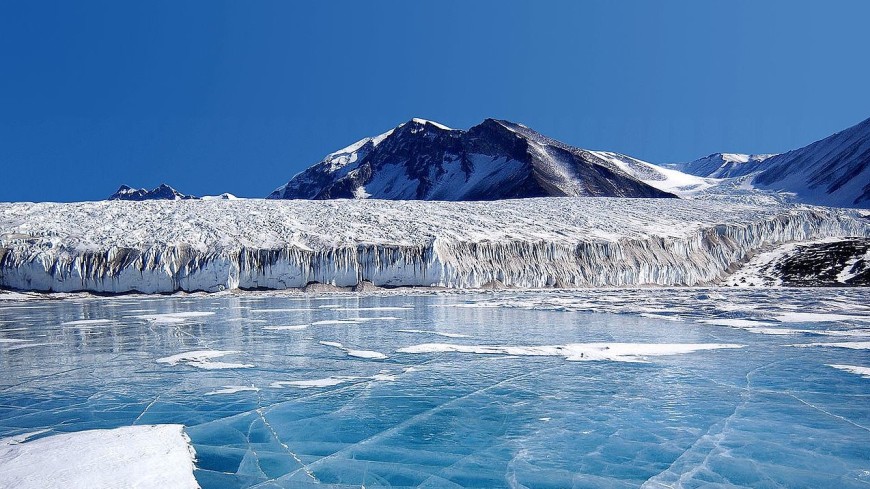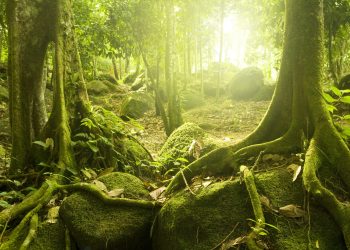As climate change intensifies, one of the most alarming consequences is the rapid depletion of the world’s rivers. In fact, last year set a devastating new record, marking the driest conditions ever observed globally. This troubling trend is not just a temporary anomaly—it’s a reflection of an increasingly unstable climate that is pushing the limits of natural water systems.
The Unfolding Water Crisis
The World Meteorological Organization (WMO) recently revealed that river levels worldwide have experienced a dramatic decline over the past five years. In 2023, more than half of the world’s river basins found themselves in crisis, with water levels plummeting below normal conditions. Many regions faced severe deficits, and this alarming pattern coincided with record-breaking heatwaves and extreme weather events like floods and droughts, underscoring the direct connection between climate change and shrinking rivers.
Celeste Saulo, Secretary-General of the WMO, put it succinctly: “Water is the canary in the coal mine of climate change.” Speaking to The Guardian, she explained how increasingly volatile weather patterns send urgent distress signals, manifesting as severe floods, extended droughts, and unpredictable rainfall. These events take a heavy toll on ecosystems, economies, and human lives.
Rising global temperatures have intensified Earth’s hydrological cycle, accelerating evaporation and precipitation processes. Unfortunately, these processes have also become highly unpredictable. “We now face the growing challenge of either too much or too little water,” Saulo warned. The balance of Earth’s water system is rapidly eroding, leaving many regions battling either parched rivers or devastating floods.
The Role of Climate Patterns
Adding another layer of complexity to the situation is the shift between two dominant climate cycles: La Niña and El Niño. These opposing weather patterns influence global rainfall distribution and temperatures, with La Niña typically bringing cooler, wetter conditions and El Niño causing warmer, drier climates. While these cycles have naturally occurred for centuries, climate change has supercharged them, making their impacts more severe and less predictable.
In 2023, the Amazon River Basin—one of the planet’s most vital freshwater sources—recorded its lowest water levels since 1902. This record-breaking drought coincided with the transition from La Niña to El Niño, alongside widespread oceanic warming. Such extreme shifts in weather patterns are not just isolated events but part of a broader and more concerning trend.
A Stark Warning
The WMO’s report stops at 2023, but the current state of global rivers paints an even grimmer picture today. For instance, the recent devastation caused by Hurricane Helene, which has claimed hundreds of lives and wiped out entire communities, only further highlights the destructive force of climate-related disasters.
As rivers dry up and water systems falter, the risks to global food security, biodiversity, and human health continue to rise. If climate change remains unchecked, the riversheds that sustain life could become increasingly unstable, leading to more frequent and severe water crises.
Join the Conversation!
Have something to share or discuss? Connect with us on Facebook and join like-minded explorers in our Telegram group. For the latest discoveries and insights, make sure to follow us on Google News.











